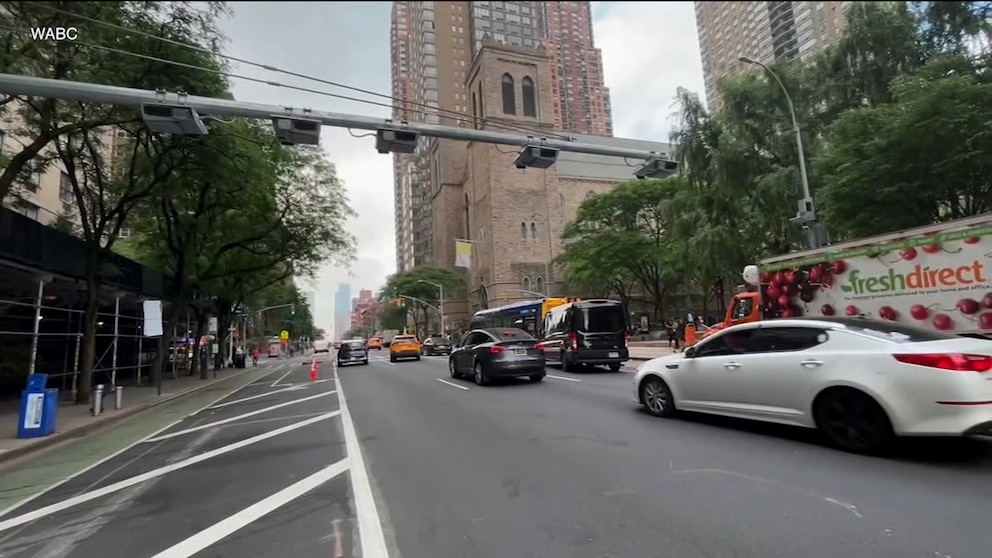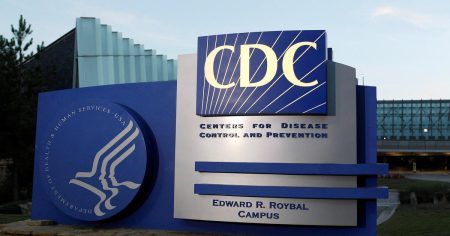Introduction: Understanding Congestion Pricing and Its Role in Urban Mobility
Congestion pricing is a widely debated transportation policy that has been implemented in various cities around the world, including London, Stockholm, and Singapore. The concept revolves around charging drivers a fee to enter specific congested areas, typically during peak hours. The primary goals of congestion pricing are to reduce traffic congestion, lower emissions, and generate revenue for transportation infrastructure. In New York City, congestion pricing was proposed as a solution to the city’s notorious traffic jams and to fund improvements to the public transit system. However, the plan faced significant opposition from various stakeholders, leading to its eventual cancellation.
The History of New York City’s Congestion Pricing Plan
New York City’s congestion pricing plan was first proposed in the early 2000s as part of an effort to address the city’s growing traffic problem. The plan aimed to charge drivers a fee to enter Manhattan’s Central Business District, with the revenue generated being used to fund public transportation improvements. The proposal gained momentum over the years, with various iterations and adjustments being made to address concerns from different groups, including commuters, businesses, and residents. Despite initial support, the plan faced numerous challenges, including political opposition and public skepticism, which delayed its implementation.
Implementation and Initial Challenges
After years of planning and debate, New York City’s congestion pricing plan was finally set to go into effect. The implementation phase was marked by a series of challenges, including technical difficulties, public resistance, and legal disputes. The plan faced opposition from residents in the surrounding suburbs who relied on driving into the city for work or other purposes. Additionally, there were concerns about the impact of the plan on small businesses and the overall economy. Despite these challenges, proponents of the plan argued that it was necessary to tackle the city’s traffic congestion and improve air quality.
Political and Public Backlash
The congestion pricing plan in New York City faced significant political and public backlash, which ultimately led to its cancellation. Critics argued that the plan would disproportionately affect low-income and middle-class residents, who already faced high living costs. There were also concerns about the fairness of the plan, as some groups felt that the fees would place an undue burden on those who could not afford alternative transportation options. Additionally, there were political tensions between city and state officials, with some lawmakers opposing the plan due to concerns about its impact on their constituents.
The Decision to Cancel the Congestion Pricing Plan
Following months of intense debate and opposition, the decision was made to cancel New York City’s congestion pricing plan. The cancellation was seen as a victory for those who had opposed the plan, including many residents and businesses. However, it was also a setback for proponents of the plan, who had argued that it was necessary to address the city’s traffic and environmental challenges. The cancellation highlighted the complexities of implementing such policies in a densely populated and politically charged urban environment.
Implications for the Future of Traffic Management in New York City
The cancellation of the congestion pricing plan leaves New York City with a significant challenge in addressing its ongoing traffic congestion and environmental issues. While the city may explore alternative solutions, such as expanding public transportation or implementing stricter traffic regulations, the failure of the congestion pricing plan underscores the difficulties in finding a politically and socially acceptable solution to urban traffic problems. The experience in New York City serves as a lesson for other cities considering similar policies, highlighting the need for careful planning, public engagement, and political consensus in order to successfully implement congestion pricing or other traffic management strategies.















